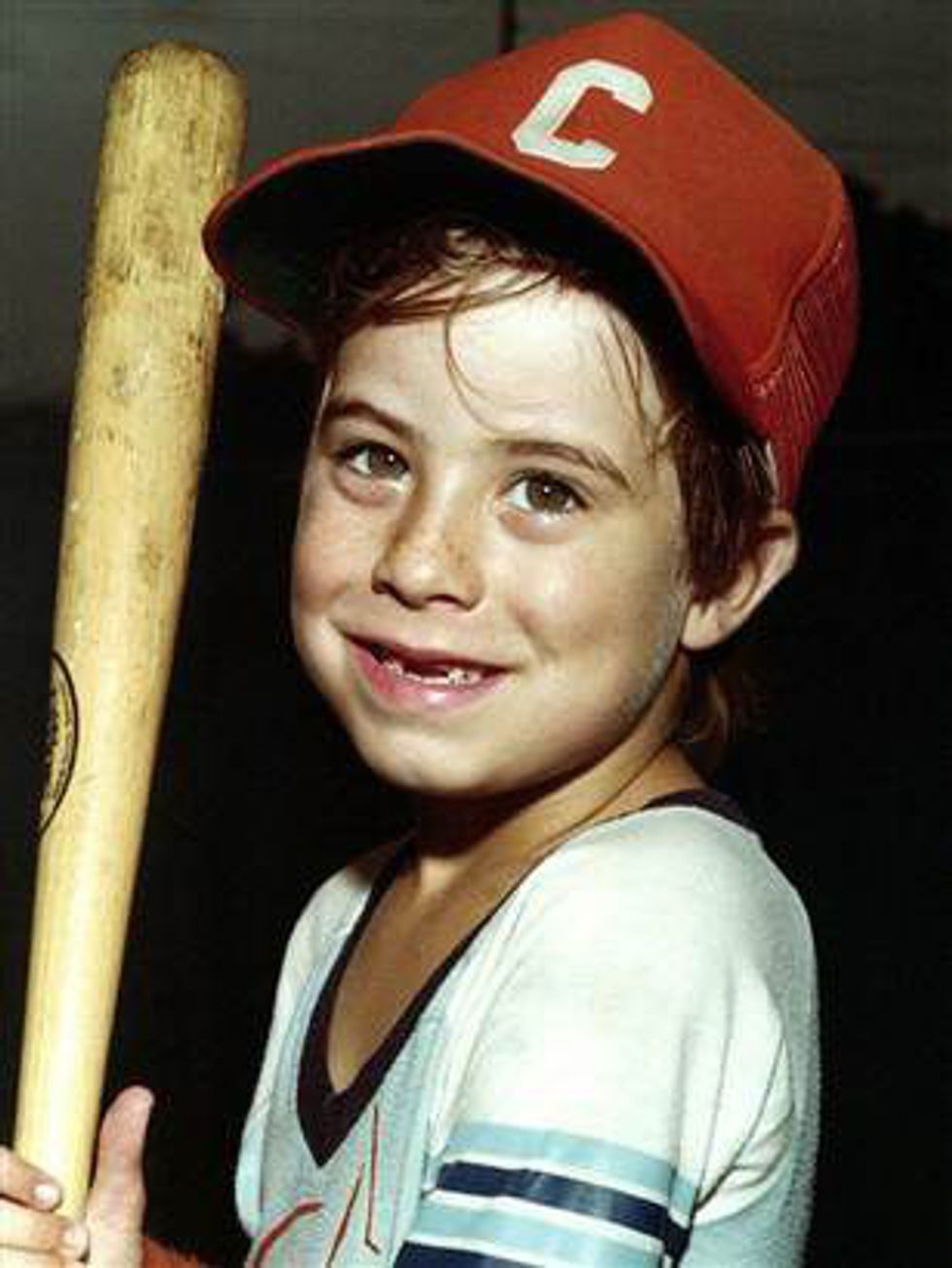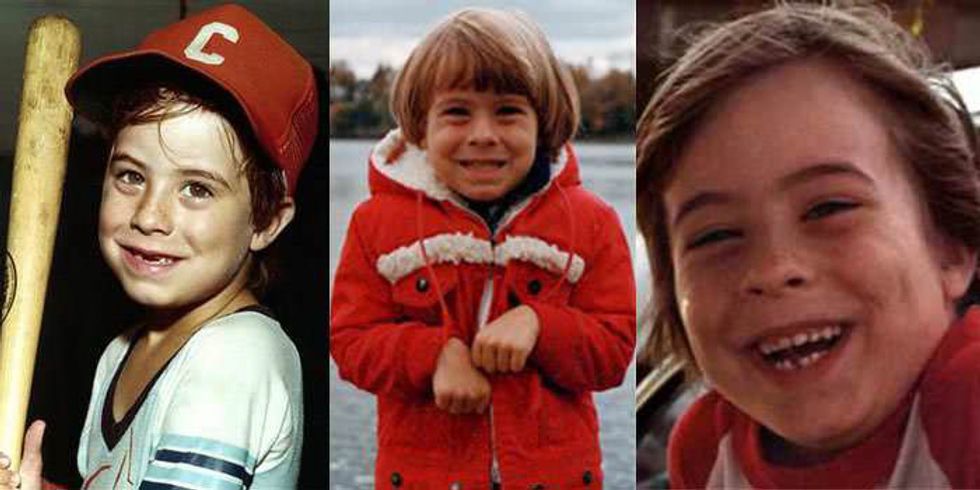July 27, 1981. Hollywood, Florida. Six-year-old Adam Walsh and his mother, Reve, walk into a Sears to purchase a lamp. Adam who is fascinated by the new phenomenon of video games, wants to check out a display for a new one, where several other young boys are testing it out. His mother, who will briefly be only a few aisles away, allows her son to remain at the display while she retrieves a lamp. That is the last time Reve Walsh saw her son alive.

As a result of this child abduction, the Walshes spearheaded the movement to make children safer. They created The National Center for Missing and Exploited Children, which included a database for missing children. They lobbied for several pieces of important legislation including The Missing Children Act (1982), which allowed federal investigation teams to share information that could be pertinent to recovering a missing child. They have banded together with the parents of missing children such as Etan Patz, Polly Klaas, and Amber Hagerman to advocate for the faces of missing children to be placed within visibility such as on milk cartons and billboards in stores, for a sex offender registry to be created and utilized to make parents aware of those who live around them, and the Amber Alert which allows quick bulletin alerts to be broadcast with a child's information, that of a vehicle that may contain that child, and sometimes the information of the abductor. John Walsh was also the host of the groundbreaking Fox series "America's Most Wanted," which ran for twenty-four years and helped to catch over 1,000 criminals. Out of their pain and grief, the Walshes and so many other families have helped to make children safer and to create safety measures that allow children to be more quickly and easily located if they are abducted.
Unfortunately, most of my peers do not know this story. They take for granted all of the incredible work that the Walsh family and the parents of several other parents of missing children did in order to keep us safe. Admittedly, I did not even think about it until I began reading on the subject of child abduction a few years ago. What all of that reading has taught me was that many of these safety measures are so automatic within our world now that our generation does not even know the reason why. Most causes and legislation are born out of a tragedy, and the laws, organizations, and safety measures that are in place are here because too many parents have lost their children in brutal abductions.
I'm not asking for a movement. I'm just asking for people to not take their safety and that of children for granted. There are reasons for these laws and measures are in place. We need a little more remembrance of these tragically young victims and the heroic acts of their parents who fought for justice in the most positive way possible, by helping others and making the laws fair and better over the past 35 years. Adam is one of far too many. Any one of us could have been him.









 The minimum wage is not a living wage.
StableDiffusion
The minimum wage is not a living wage.
StableDiffusion
 influential nations
StableDiffusion
influential nations
StableDiffusion












